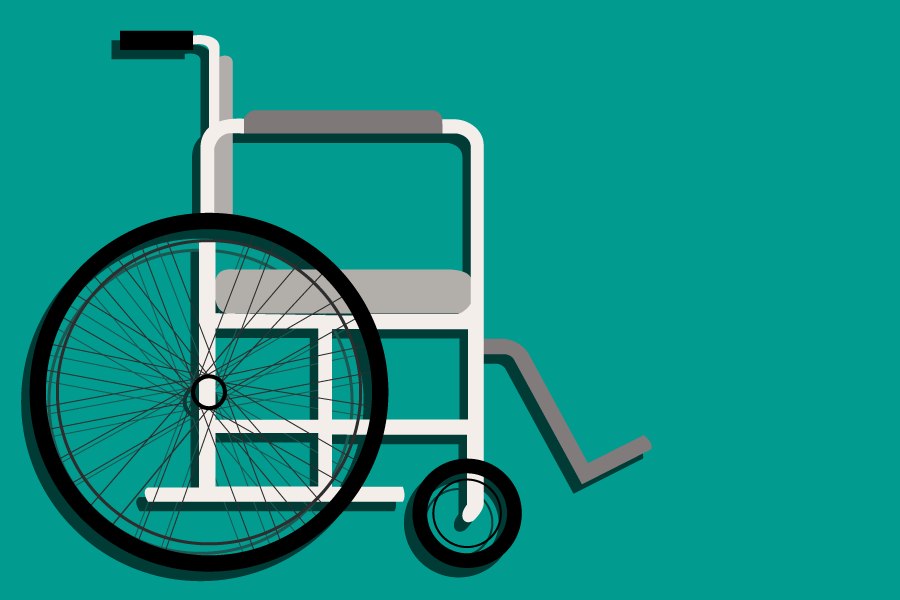
Robotic limbs powered by mind yield unexpected results, movement, control restored in patients’ bodies
A miraculous medical miracle was the result of an unforeseen outcome. Long-term paralyzed patients have surprisingly gained the ability to move their own limbs thanks to studies using virtual reality and robotic prosthetics.
Professor Sanjay Joshi of the UC Davis Department of Mechanical and Aerospace Engineering and one of the authors of this current study published in the Journal of Scientific Reports collaborated with scientists from Duke University, the Neurorehabilitation Center in Sao Paulo Brazil, Institute for Cognitive Systems in Munich, Germany as well as other international universities.
These scientists have found a way to make paraplegics move again by training them with a virtual reality headset. The study consisted of 8 completely paralyzed patients, each fitted with a cap containing electrodes to record brain activity.
All the patients have partial or complete paralysis of the lower half of the body, usually due to spinal cord injury or disease of the lower region of the spine.
Joshi is also the principal investigator of UC Davis Robotics, Autonomous Systems and Controls Laboratory (RASCAL). This lab has contributed to much of the research involving robotic prosthetics advancing human health.
Ph.D. student Kenneth Lyons from the Department of Mechanical and Aerospace Engineering at UC Davis is a research member whose current project focuses on powering prosthetic arms.
“When seemingly insignificant actions like turning the page of a book or grabbing a cup become impossible to perform independently, day-to-day life as well as emotional health are negatively impacted,” Lyons said.
The technology used in the study was called brain-machine interface systems (BMIs), and allowed patients to utilize their brain activity to stimulate movements of their own legs inside a robotic exoskeleton and in a virtual reality system.
BMI creates a direct connection for the human brain to communicate and move the robotic prosthetic limb.
With the virtual reality system, patients could really see themselves move as they controlled a virtual avatar of patient walk or move while wearing the virtual reality headset.
In addition, the interface then sent signals back to the human brain, like sensations of movement, so patients could also feel themselves moving.
The experience of previously paralyzed patients being able to feel and see themselves walk was possible due to creative collaborations of scientists worldwide.
“As a biologist by trade, working on technology development has been a huge learning curve, but it is something that excites me daily,” said Britt Yazel, third-year Ph.D. candidate in neuroscience.
The colleagues aimed to build robotic limbs that paraplegic patients could control with their own minds.
However, after a year of training with virtual reality and BMI, patients were able to surpass the boundaries of medical science, not only manipulating the prosthetics but moving their own paralyzed limbs.
A shocking discovery came several months into the study — patients who were never supposed to be able to move again, regained movement in their own muscles.
Researchers confirmed that all the patients enrolled in this study improved significantly in the ability to control movement prior to their original state of mobility. This collaborative study is the first to describe any type of neurological recovery as a result of BMI training.
“There are many challenges in extracting the intentions of a person with limited ability to express them,” Lyons said. “Overcoming some of these challenges has the potential to transform the lives of people with amputations, paralysis and other mobility impairments.”
Applications of technology created under RASCAL has been in use at New York Presbyterian Hospital by patients with limited mobility. Research member Ben Margolis, a graduate student at Davis has been collaborating with Columbia University Robotics Group (CURG) to develop a robotic grasping system.
“[We] noninvasively measure muscle contractions using what are essentially stickers on the skin with wires attached,” Margolis said.
About 282,000 people are living with spinal cord injuries (SPI) in the United States alone, and about 17,000 new cases each year. The leading cause of of these injuries is vehicle crashes, and following is injury from falls and injury from violence, primarily gunshot wounds.
People living with SPI have a lower life expectancy due to increased risk of pneumonia, heart problems and metabolic diseases. Fortunately, this noninvasive research of training with BMI has the potential to be used worldwide in many therapy forms for paralyzed patients.
“It is inspiring to work with these people and learn about their clever solutions to unique challenges,” Lyons said.
Written by: Shivani Kamal – science@theaggie.org



